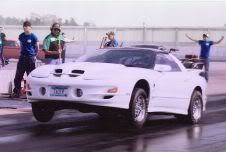Thought this one is pretty good
http://kb-silvolite.com/calc.php?action=comp
I like the dynamic part
http://kb-silvolite.com/calc.php?action=comp
I like the dynamic part
 2001 Trans Am All Motor 9.75 @139mph
2001 Trans Am All Motor 9.75 @139mph
 2001 Trans Am All Motor 9.75 @139mph
2001 Trans Am All Motor 9.75 @139mph 2001 Trans Am All Motor 9.75 @139mph
2001 Trans Am All Motor 9.75 @139mph
Comment